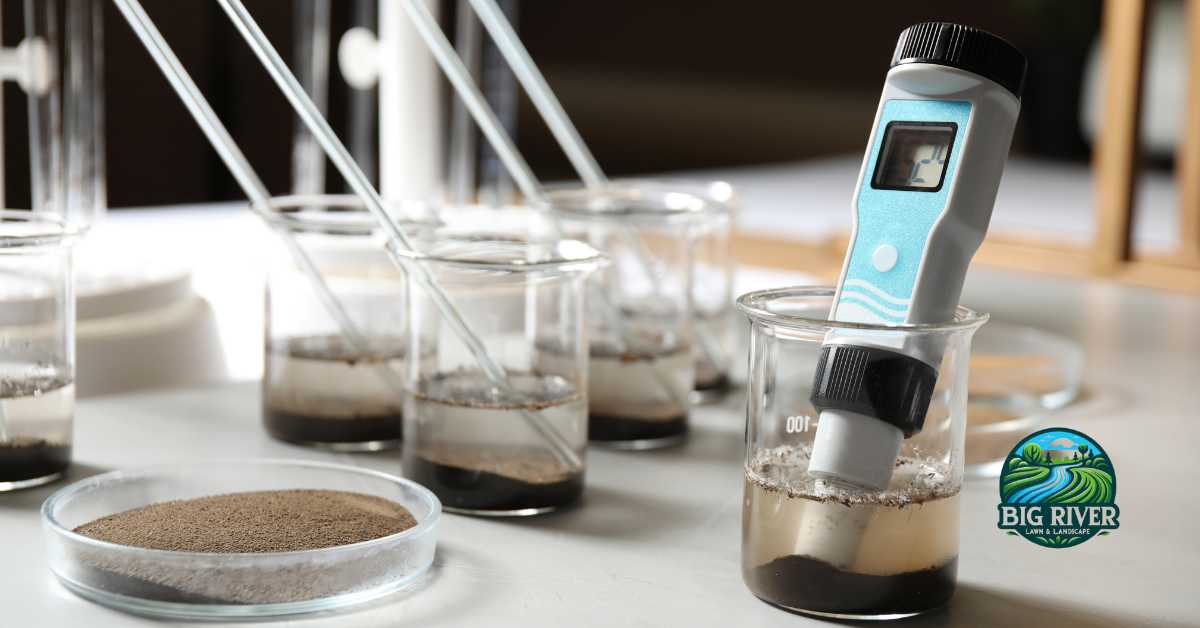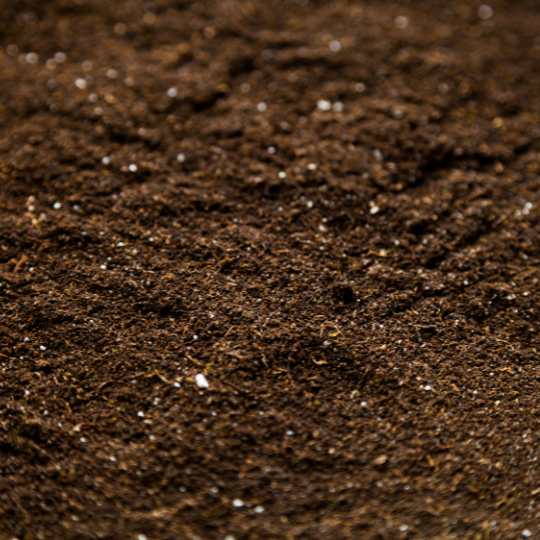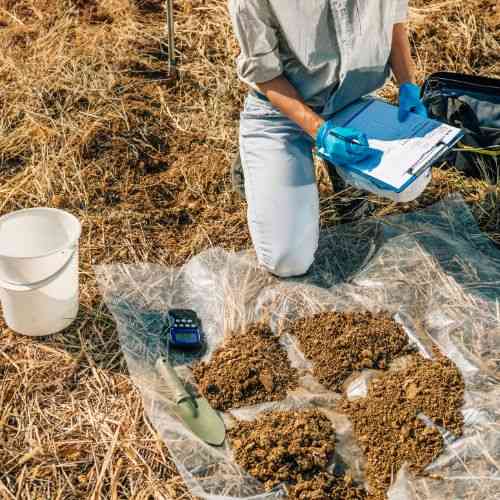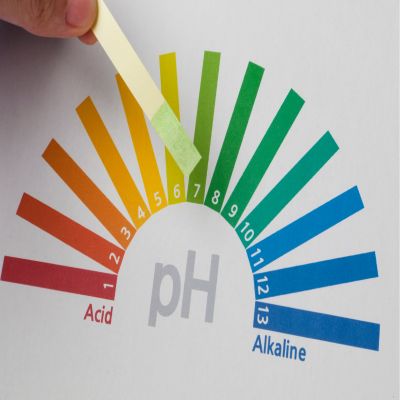How to test your soil? Testing your lawn soil is a crucial step in maintaining a healthy and vibrant lawn. This guide will take you through the process of how to test your lawn soil effectively, ensuring you can optimize growth and maintain a beautiful garden. Soil tests can reveal hidden problems that aren’t immediately apparent and guide your gardening efforts more efficiently.
Importance of Soil Testing for Lawn Maintenance
Soil testing is a fundamental aspect of lawn care, providing vital information about the soil’s health and nutrient composition. Then, how to test your soil? By conducting a soil test, you can make informed decisions about fertilization, watering, and other care practices that affect your lawn’s overall health and appearance. Moreover:
- Regular soil testing prevents the excessive use of fertilizers, reducing the risk of pollution and saving costs.
- By understanding the soil’s condition, you can take steps to improve its structure and organic matter content, leading to healthier lawn growth.
- Test results guide tailored lawn care practices suited to your specific soil needs, optimizing growth and appearance.
- Soil tests can detect the presence of harmful substances like heavy metals or pesticides, ensuring a safe environment for your lawn and family.
- Regular testing helps track changes in soil quality over time, allowing for adjustments in maintenance practices to better support your lawn.
Understanding Soil Testing
Soil testing is a crucial diagnostic tool for any gardener or landscaper, providing valuable insights into the composition and health of the soil. This process involves collecting samples from different areas of your lawn or garden and analyzing them to determine various parameters such as nutrient content, pH levels, and the presence of toxic elements. Let’s get to know about it more:
What Soil Testing Entails?
Soil testing involves analyzing the soil to determine its nutrient content, pH levels, and other characteristics essential for plant growth. This can range from simple DIY soil test kits to more detailed laboratory analyses. These tests help identify the current conditions of your soil, enabling targeted interventions.
Why Is It Crucial for Lawn Health?
Understanding the nutrient balance and pH of your soil helps you tailor your gardening practices to meet the specific needs of your lawn. This promotes healthier growth and prevents issues such as nutrient deficiencies or toxicities. Accurate soil testing also helps avoid unnecessary chemical applications, promoting a more sustainable and environmentally friendly garden.
Different Types of Soil Tests
Various tests can be conducted, from basic pH tests to comprehensive nutrient profiles. The most common include pH testing, nitrogen soil tests, and other assessments for key nutrients like phosphorus and potassium. More specialized tests may also analyze soil texture and organic matter content, providing a more complete understanding of your soil’s condition.
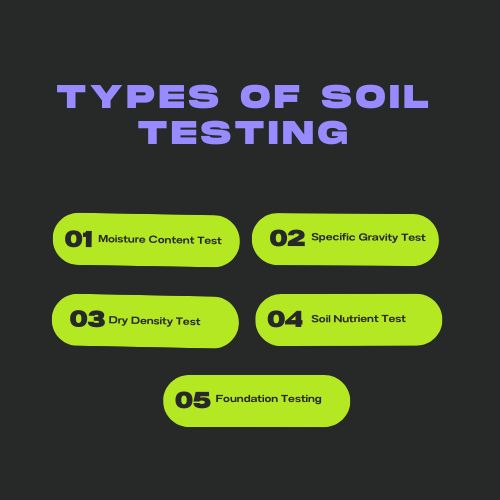
Preparing for Soil Testing
How to test your soil? Preparing for soil testing is an essential step in ensuring that the results you obtain are accurate and useful for enhancing your lawn or garden’s health. This preparation involves selecting the right time of year for sampling, gathering the necessary tools, and choosing appropriate sampling locations across your landscape. Now, let’s prepare:
Gather Necessary Materials
To begin, you’ll need a few basic tools, such as a garden trowel, a clean bucket, and possibly a lawn soil tester or a hold-all soil test kit. Ensure that the tools are clean to avoid contaminating your soil samples, which could skew your test results.
Choose the Right Time for Testing
The best time to test soil is either in the spring before planting or in the fall after the growing season ends. This ensures you have ample time to adjust soil conditions before peak growing periods. Testing during these times helps capture the soil’s condition after it has been impacted by seasonal growth and nutrient uptake.
Selecting Representative Sampling Areas
Choose several locations across your lawn to collect samples. This helps ensure the results represent the overall soil condition of your garden. Aim to sample from areas that are both problematic and healthy to get a balanced view of your lawn’s soil health.
Collecting Soil Samples
Collecting soil samples correctly is critical to obtaining accurate and meaningful results from soil testing. This process requires careful selection of sampling sites, the use of proper tools, and adherence to specific techniques to ensure that the samples represent the overall condition of your garden or lawn. Let’s make this process easier:
Tools Needed for Sampling
A basic garden trowel will suffice, but for more precise work, consider using specialized soil corers. These tools help retrieve a consistent sample from specific soil depths, which is essential for accurate testing.
Proper Sampling Techniques
Dig small holes at your chosen sampling points to reach the root depth, which is typically about 4-6 inches for lawns. Mix the soil samples from different locations to get an overall sample for testing. Be sure to dig several holes in each area to blend the soil samples thoroughly, ensuring an even representation.
Sample Depth and Quantity
The depth and quantity of soil collected should be consistent across all sampling points to ensure reliable results. Consistency in the sampling technique helps compare different areas of your lawn accurately and adjust the care practices based on specific needs.
Testing Soil pH Levels
Testing soil pH levels is a fundamental aspect of soil analysis that directly influences plant health and growth. The pH level of soil determines how well plants can absorb nutrients. By accurately measuring the pH, gardeners can adjust soil conditions to better suit the needs of specific plants, enhancing their vitality and growth. Let’s dive in deep:
Importance of pH Levels for Lawn Health
Soil pH affects nutrient availability and overall plant health. Most grass types thrive in slightly acidic to neutral soil (pH 6.0-7.0). Incorrect pH levels can lead to nutrient lock-up, where grass cannot absorb nutrients efficiently, leading to poor growth and health.
How to Conduct pH Testing?
Using a pH meter or a simple pH test kit, you can easily determine the pH level of your soil. These tests are straightforward and can be done at home. Follow the instructions carefully to avoid errors that could affect the accuracy of your readings.
Interpreting pH Test Results
Refer to a lawn pH level chart to determine whether your soil is too acidic, too alkaline, or just right, and adjust accordingly. Knowing your soil’s pH level also helps you choose the right type of lime or sulfur to apply if adjustment is necessary.
Analyzing Soil Nutrients
Analyzing soil nutrients is an integral part of understanding the overall fertility of your garden or lawn. This step involves assessing the levels of key nutrients such as nitrogen, phosphorus, and potassium, which are critical for plant growth and health.
Major Nutrients Essential for Lawn Growth
Nitrogen, phosphorus, and potassium are crucial for healthy lawn growth. Testing for these nutrients can help you determine what type of fertilizer is needed. Each nutrient plays a specific role in plant health and must be balanced with the others for optimal growth.
Conducting Nutrient Analysis
Nutrient analysis can be performed using a DIY soil test kit or by sending samples to a lab. This will tell you how to test soil for nutrients effectively. Labs can provide more detailed results, including recommendations for specific types and amounts of fertilizers.

Interpreting Nutrient Test Results
Results will guide you on which nutrients are deficient and which are sufficient, helping you tailor your fertilization strategy. Understanding these results allows for precise nutrient management, which is key to maintaining a healthy lawn without excessive use of fertilizers.
Interpreting Test Results
Interpreting test results from soil analysis is a crucial step in applying the insights gained to effectively manage your lawn or garden’s health. This process involves understanding the data provided by the soil test, including nutrient levels, pH balance, and any potential contaminants. Additionally:
Understanding Soil Report Data
A soil report provides detailed information about your soil’s status and recommendations for amendments. It is your roadmap to addressing soil issues and optimizing plant health.
Identifying Deficiencies and Excesses
The report can help you identify specific nutrient deficiencies or excesses, which are crucial for correcting soil imbalances. Addressing these imbalances promptly can prevent them from affecting your lawn’s health and appearance.
Adjusting Soil Amendments Based on Results
Based on the test results, adjust your soil management practices, choosing appropriate fertilizers and amendments to correct any imbalances. This tailored approach ensures that your lawn receives exactly what it needs without over-application of nutrients, which can be harmful to the environment.
Taking Action Based on Results
Taking action based on soil test results is essential for translating the insights gained into practical steps that enhance the health and beauty of your lawn or garden. This stage involves applying the specific soil amendments recommended by the test results, such as adjusting pH levels, enriching the soil with necessary nutrients, or addressing any toxicities. Furthermore:
Choosing Appropriate Fertilizers and Amendments
Select fertilizers that complement your soil’s needs. For instance, if nitrogen is low, a nitrogen-rich fertilizer might be recommended. Alternatively, if your soil is lacking in phosphorus, a phosphorus-specific supplement might be needed.
Implementing a Soil Amendment Plan
Develop a plan to apply the necessary amendments, adjusting quantities and application intervals based on your soil test results. This strategic approach helps ensure that nutrients are provided in the right amounts and at the right times.
Monitoring Progress and Retesting As Necessary
Regularly monitor your lawn’s response to the amendments and consider retesting the soil every few years or after significant changes in lawn health or appearance. Continuous monitoring and retesting help adapt your lawn care practices to changing soil conditions and environmental factors.
Additional Tips for Lawn Care
Additional tips for lawn care go beyond basic maintenance, offering strategies to enhance the overall health and appearance of your lawn. These tips include regular practices such as proper mowing techniques, adequate watering, and effective pest management. Get it in detail below:
Regular Maintenance Practices to Improve Soil Health
To maintain soil health, implement practices such as regular aeration, proper mowing, and watering techniques, either by DIY or with a professional lawn care service. These practices help improve soil structure, enhance nutrient uptake, and prevent soil compaction.
Preventative Measures for Future Soil Issues
Take proactive steps to prevent soil compaction and maintain good drainage to avoid future soil health issues. Ensuring good soil health through preventative measures can dramatically reduce the occurrence of common lawn problems.
Resources for Further Assistance and Information
Many resources are available for assistance, from local cooperative extensions to online forums and gardening centers. Utilize these resources to gain additional insights and support for your lawn care endeavors.
Final Conclusion
How to test your soil? Soil testing is an invaluable practice for any gardener looking to optimize their lawn care. By understanding how to do a soil test and interpreting its results, you can ensure your lawn remains healthy and lush year after year. Regular soil testing and tailored amendments are key to achieving a vibrant, resilient lawn that can withstand the challenges of pests, weather, and wear.
FAQs About How to Test Your Lawn Soil?
How to Test Garden Soil?
Testing garden soil involves collecting soil samples from different areas of your garden and sending them to a laboratory for analysis or using an at-home test kit. The process includes digging soil from several locations to a depth of about 6-8 inches, mixing these samples to create a composite sample, and either testing it yourself with a kit or sending it off to a lab. This helps in assessing the soil’s structure, pH level, nutrient content, and other factors like organic matter content.
How to Test Soil pH?
To test soil pH, you can use a pH meter, a chemical dye test, or litmus paper. These tests can be performed with simple kits available at garden stores. First, collect a soil sample from your garden, mix it with water, and then apply the test. The results will indicate the acidity or alkalinity of the soil on a scale from 0 (very acidic) to 14 (very alkaline), with 7 being neutral. Most garden plants thrive in soils with a pH between 6.0 and 7.5.
How to Test Nitrogen in Soil?
Testing nitrogen levels in soil usually involves a chemical test, which can be performed using a commercial soil test kit. These kits typically use a color change method to indicate the nitrogen content. To gauge the nitrogen level, collect a soil sample, add the provided chemicals, and compare the resulting color with the color chart included in the kit. It’s important to follow the instructions carefully for accurate results.
How to Test Soil for Nutrients?
To test soil for nutrients like nitrogen, phosphorus, and potassium, you can use a home soil test kit or send a soil sample to a laboratory. Home test kits generally involve adding a soil sample to a solution provided in the kit and then observing the color change that occurs. This color is then compared to a chart that indicates the concentration of nutrients. Laboratory tests will provide a more detailed analysis and often come with recommendations for soil improvement.
What Does a Soil Test Tell You?
A soil test provides crucial information about the composition and health of your soil. It can reveal the levels of key nutrients such as nitrogen, phosphorus, potassium, and pH level. Additionally, it might include information on organic matter content, cation exchange capacity, and potential contaminants. This information is essential for determining what kind of fertilizers or soil amendments are needed to improve plant health and growth in your garden.

